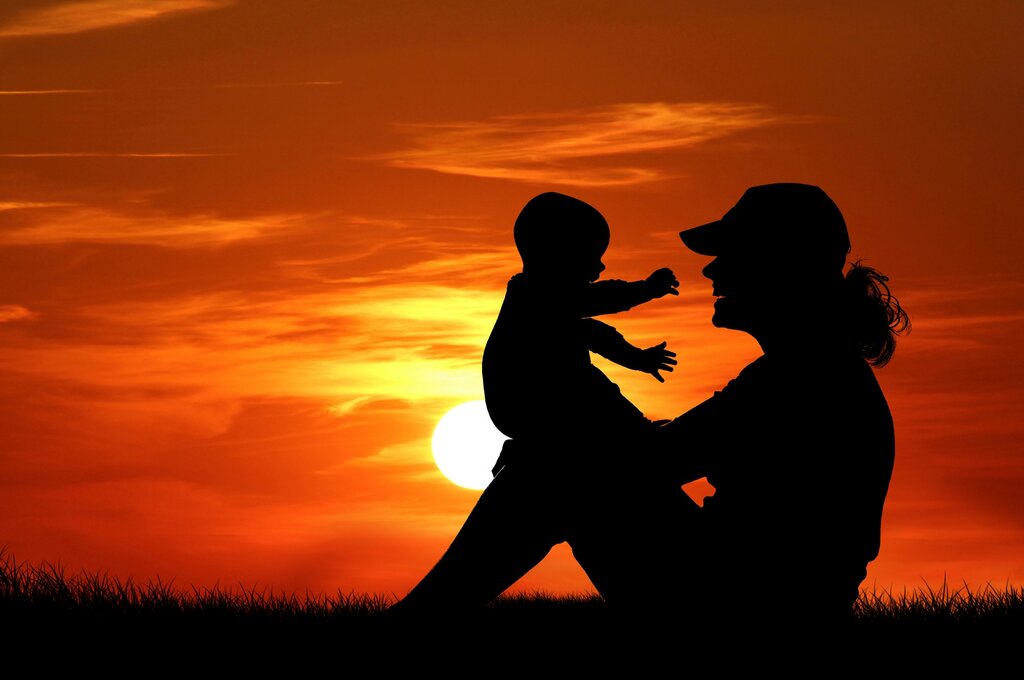|
Getting your Trinity Audio player ready...
|

Could there be an outbreak of childhood illnesses? Respiratory Syncytial Virus (RSV) makes its seasonal debut on infants in the states and the highly contagious Hand-Foot-and-Mouth-Disease (HFMD). While these illnesses primarily infect small children, ages five and under, anyone can be infected. Contact with an infected person, touching contaminated surfaces and being close to a sick person’s sneezes or coughs enable transmission. Complications range from mild to severe in both cases, especially for infants.
Respiratory Syncytial Virus

Infants are especially vulnerable to the Respiratory Syncytial Virus. On average, two of every 100 infants, six months and under, require hospitalization, oxygen, intubation, or ventilation with the possibility of leading to other infections such as pneumonia and bronchiolitis. Usually starting as a mild, cold-like illness, nonetheless, this virus can be vicious on young children and adults. RSV can leave some asymptomatic, meaning still able to transmit, but in most cases, the virus is active and contagious for 3 to 8 days. As a result, premature babies, those with weakened immune systems, and older adults with underlying health issues are at the highest risk.
Hand-Foot-and-Mouth-Disease
Hand-foot-and-mouth disease (HFMD) affects the areas as in its name, with small, red, and blister-like rashes. Unlike the name, however, HFMD, in most cases, remains a minor illness. If left untreated, HFMD can turn into Encephalitis, inflammation of the brain. In severe and rare cases, there are risk factors include meningitis. A sore throat, pain while swallowing, and painful sores inside the mouth also come to play. Children undergoing diaper changes one after another are more susceptible due to possible contact with contaminated feces. Daycares, schools, and local parks could be hotspots, as HFMD could also be contracted via contaminated waters such as swimming pools.
Symptoms
As with any other bug, unwashed hands are a common factor in the spread. RSV symptoms include fever, decrease in activity, and decrease in appetite. Symptoms usually appear 4-6 days after getting infected. These need to be monitored closely in small children, infants in particular. There are no specific medical treatments to treat these infections. Typically, symptoms tend to go away within 7 to 10 days. Health experts recommend a person seeks medical attention if symptoms exceed 10 days. However, parents of newborns should seek medical attention right away for such illnesses.
Health Experts’ Warning
Parents of young children should be very aware of this season. Seniors are warned of the complications of RSV being linked to disability and death. Fortunately, Pfizer provides some relief with their researchers are beginning clinical trials in older adults for an RSV vaccine. While researchers work to discover a vaccine, prevention is critical.
Written By Doneisha Jackson
Edited by Cathy Milne-Ware
Sources:
CDC: Respiratory Syncytial Virus
CDC: Hand, Foot, and Mouth Disease
Pfizer: PFIZER ANNOUNCES START OF PHASE 3 CLINICAL TRIAL IN ADULTS FOR ITS INVESTIGATIONAL VACCINE AGAINST RESPIRATORY SYNCYTIAL VIRUS (RSV)
Featured Image by Karen Arnold Courtesy of PublicDomainPictures – Public Domain License
Inset Image Courtesy of Lauren Smith’s Flickr Page – Creative Commons License



